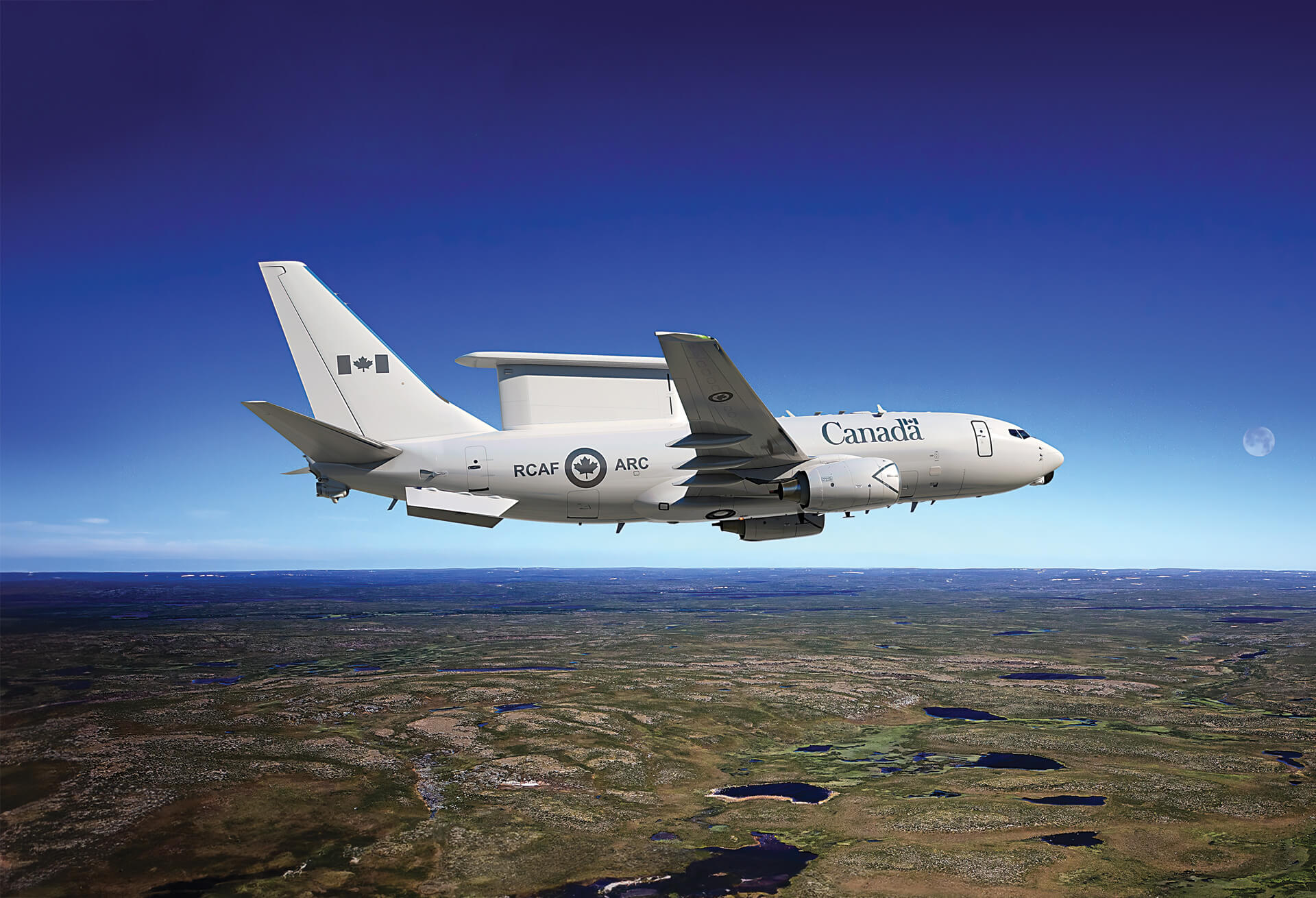Still though, France chose it "over competitors like Boeing's Wedgetail E-7A". That does suggest quite strongly that the French view this as a very capable platform, and should not be ruled out as an option for Canada's AEW project because of any perceptions about the clear superiority of the E-7. With regards to the questions about Link 22 posted earlier, France (and Canada) was one of the development nations for this technology, virtually guaranteeing it will be included in the GlobalEye.
Rohde & Schwarz contributes actively toward the optimization and standardization of LINK 22, and provides input to various working groups in NATO.

www.rohde-schwarz.com
.
I would respectfully disagree regarding any guarantee that Link 22 will be integrated into GlobalEye. Yes, both Canada and France were (and continue to be) among the seven nations which initially had a MOU to develop Link 22 to overcome/replace Link 11 due to some of the potential deficiencies of that set of systems and technologies. IMO there are a couple of key parts of that, with one being that the host nation for the MOU was the US which I read as the US being essentially the prime. One of the other (and related) key parts is that the source of the radars and avionics which make up the AEW portion of GlobalEye is Sweden, which is not part of the MOU to develop Link 22.
As I understand it, this would leave a couple of potential scenarios if Link 22 were to be fitted. Either Sweden (not Saab) would need to purchase Link 22 systems from the US via FMS and provide them to Saab for integration into GlobalEye, or Canada/France would need to purchase Link 22 systems via the MOU and then oversee their integration aboard completed GlobalEye AEW aircraft.
It could still happen, but the impression I have been left is that there are a few additional hoops which would need to be jumped through and approvals granted, before integration could be done. These sorts of things could result in things not getting approved which would stop integration, or end up having anticipated costs and difficulties be greater than is deemed worthwhile.
As a side note, the kinematic performance of a civilian airliner might not mean much for AEW platforms derived from those airliners. I suspect mission endurance or loiter time would be one of the key metrics and not range. An airliner or freighter range is important because that can determine the max point to point distances which can be traveled for a route or airlift, but for an AEW mission the important part is how long can the aircraft conduct surveillance in the assigned patrol area. Even with in-flight refueling and alternate/secondary aircrews onboard, MPA and AEW aircraft can only effectively conduct missions for a certain duration before needing to be replaced.
Therefore, I would be more interested in knowing what the absolute max mission endurance is possible (and how it is achieved) as well as what the potential options are for onboard power generation and cooling, and what if any future growth options might be.

www.rohde-schwarz.com





